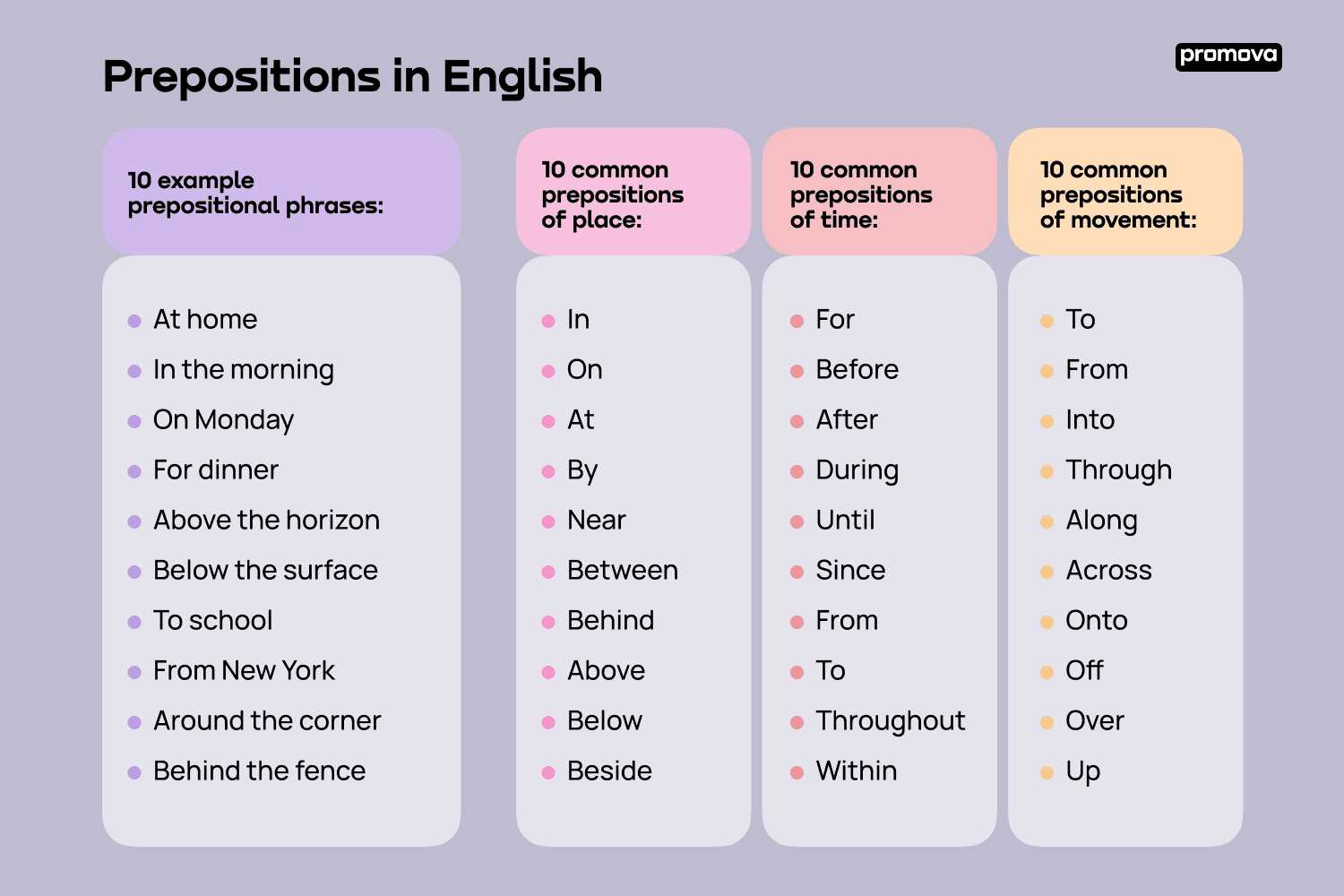Prepositions are an essential part of grammar that help to establish relationships between different elements in a sentence. They typically indicate the relationship of a noun or pronoun to another word in a sentence. Prepositions are used to show location, direction, time, manner, or possession.
Common prepositions include words such as “in,” “on,” “at,” “with,” “by,” “to,” “from,” “between,” and “among.” These words are used to connect nouns or pronouns to other words in a sentence, providing additional context and clarity.
Prepositions are often followed by a noun or pronoun, which is known as the object of the preposition. For example, in the sentence “The book is on the table,” “on” is the preposition and “table” is the object of the preposition.
Prepositions can also be used to indicate the relationship between different parts of a sentence. For example, in the sentence “She walked to the store,” “to” indicates the direction of the action (walking) towards the store.
It is important to use prepositions correctly in order to convey the intended meaning in a sentence. Misusing prepositions can lead to confusion or ambiguity in communication. Learning the rules and common usage of prepositions can help improve your overall writing and speaking skills.
In conclusion, prepositions play a crucial role in grammar by connecting nouns or pronouns to other words in a sentence and indicating relationships between different elements. Understanding how to use prepositions correctly can enhance the clarity and effectiveness of your communication. Practice using prepositions in your writing and pay attention to how they contribute to the overall meaning of your sentences.
